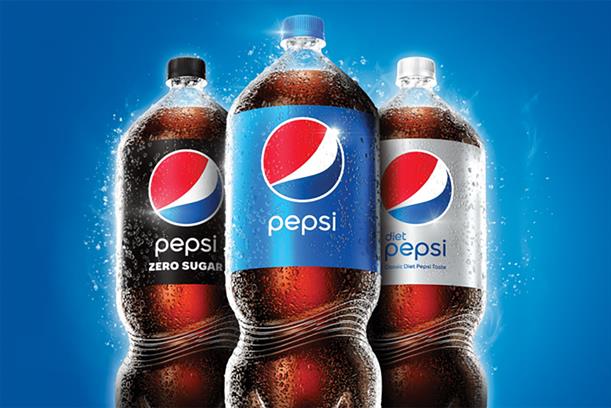 When PepsiCo revealed the new design for its two-litre soda bottles last month [pictured, above] – its first significant change for 30 years – the standout feature for many people interested in design was the narrower circumference for better grip.
When PepsiCo revealed the new design for its two-litre soda bottles last month [pictured, above] – its first significant change for 30 years – the standout feature for many people interested in design was the narrower circumference for better grip.
For what the soft-drinks giant was demonstrating was inclusive design. By considering people’s hand size, it had redesigned the bottle to be easier to hold and pour – for everyone.
Similarly, designers at GSK wanted to create a bottle for its pain relief brand, Voltaren, that could be opened by people suffering from arthritis. Consequently, the pharma giant made a bottle that everyone found easier to open.
This is the very essence of inclusive design: by designing better for some, we design better for everyone.
As we mark International Day of People with Disabilities (IDPWD) [3 December], it is an opportune moment to recognise the broader mindset of inclusive design. If accessible design covers specifics – such as ensuring the type is large enough for visually impaired people to read, that wheelchair users can gain access to spaces, or that sound is the right pitch for the hard of hearing – then inclusive design takes a more holistic view.
Not all disability is visible
This is in keeping with society’s changing view of disability, highlighted in this year’s IDPWD theme that not all disabilities are visible. Society at large, as well as those involved in inclusive design, must also consider neurodiverse people.
An example of this in environmental design can be found across the Atlantic. Some NFL teams, including the Philadelphia Eagles and Minnesota Vikings, have created dedicated sensory rooms – spaces for those who may find the event overwhelming at times and need a quieter area to take time out in and reset. It demonstrates design extending beyond function and to a place of enjoyment.
While in the NFL, examples of inclusive design meant reducing sensory activity, in other cases it can result in increasing it. From a brand asset perspective, considering all senses means more opportunity for customers to interact with the brand, even if one of their senses is limited. By designing beyond the visual, to include sonic and haptic for instance, greater diversity is possible as well as stronger brand recognition and customer connection.
Payment business Visa has extended into sensory branding and created additional security benefits in the process. For example, for phone payments, it has created branded animation, sound and haptic feedback to reassure the user that a payment has gone through.
Test and learn
An intrinsic part of design is the test and learn process – it helps achieve better design and can create a valuable dialogue with users that builds brand relationships. Digital environments have an advantage over most others in this respect, as changes are easier to implement, so feedback and improvements on design can be part of the inclusive mindset.
When Microsoft created an adaptive games controller that was easier for children with physical disabilities to use – incorporating touchpads and brightly coloured buttons for the visually impaired – gamers could also feedback, requesting further customisations.
And lastly, perhaps one of the great bonuses of inclusive design is that it can lead to entirely new approaches and inspirational creations that rewrite established rules of design, while meeting the needs of disabled people.
When Hyungsoo Kim, chief executive of Eone, designed a watch for the blind – using a dial and ball bearings that had little resemblance to a traditional clock face – the originality of the design spread its appeal beyond the blind community. It became an object of desire for many and now the majority of Eone Bradley watches are bought by the sighted.
Designing things to be better for some makes them better for all.
Jen Ives is managing partner of Coley Porter Bell










